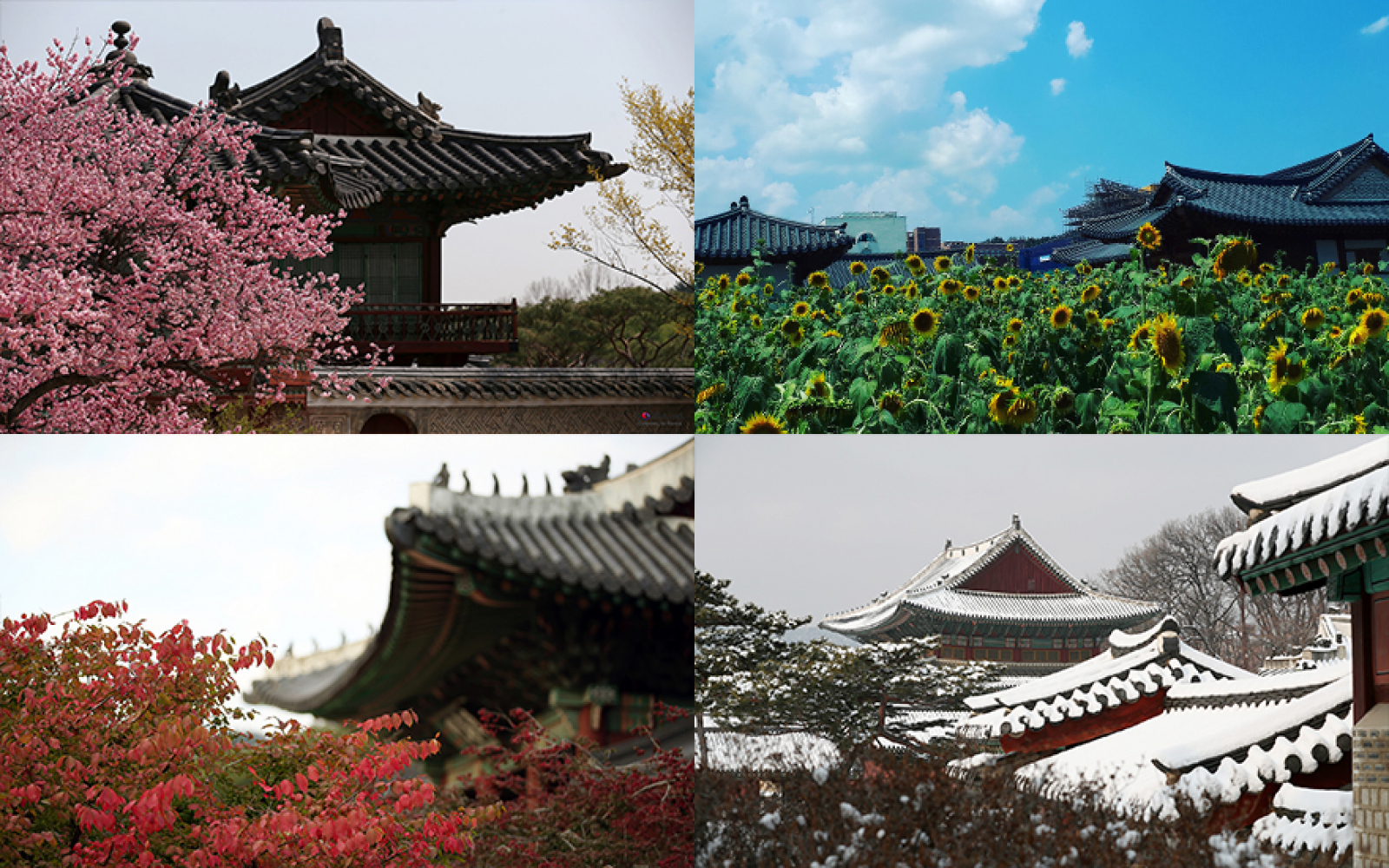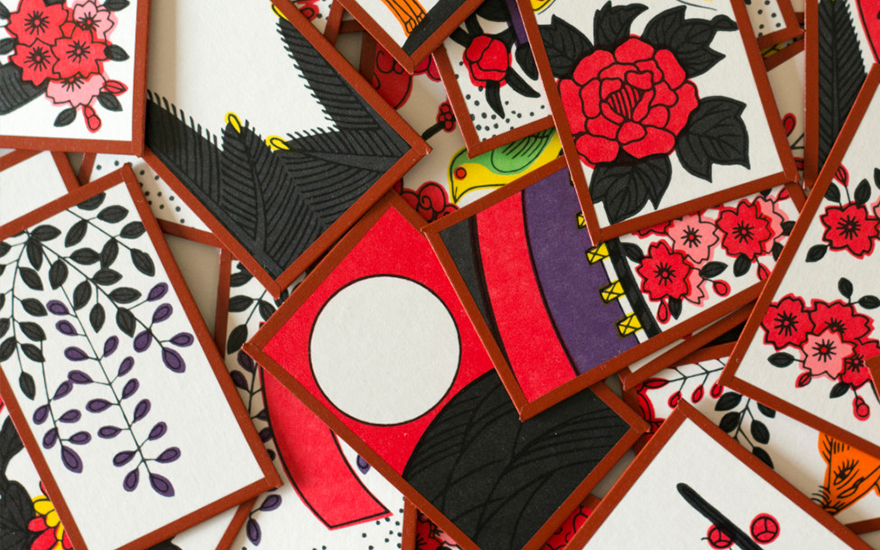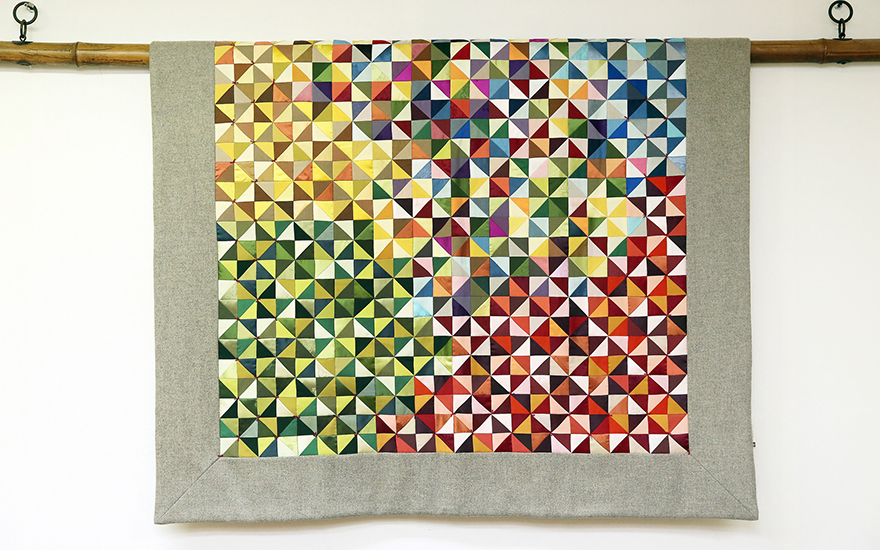
Korea, the land of twenty-four seasons
Most countries have four distinctly different seasons: spring, summer, fall and winter. Korea, however, has six further subdivisions within these four seasons, giving them twenty-four in total.
For a long time, agriculture was the basis of Korean industry. Weather is the crucial and most important factors in agriculture. If you sow the seeds too early, they might die from the cold, and if missed the appropriate time to reap the fully-grown crops, they may become inedible.
Farmers therefore needed to be extremely sensitive to changes in weather. In order to avoid catastrophe, Korean farmers prepared fertilizers, sowed, planted rice, and reaped according to these twenty-four seasons, called Jeolgi in Korean.
The concept of Jeolgi is thought to have originated 3000 years ago in Zhou Dynasty China, and adopted by Korean farmers 2000 years ago. Unlike many concepts in Korean and Chinese culture, the twenty-four Jeolgi are based on the solar calendar, not the lunar calendar.
However, the solar calendar used in appointing the twenty-four Jeolgi has different calculation system from that used in the West. The Jeolgi begin from Ipchun(start of spring) on Feburary 4th or 5th, with every new Jeolgi following in 15 days interval, ending with Daehan (Great cold) on January 21st or 22nd the following year.
※ The image, "Seasons of Korea", is a derivative of "IMG_20170807_134833_934" by Simon Williams-Im, "Korea_Palace_Spring_Flowers_12" by Republic of Korea, "Korea_Changdeokgung_20141022_02" by Republic of Korea, and "Snowfall_Changeokgung_2017_30" by Republic of Korea, used under CC BY-SA.
- culture
- culture
- korean_culture
- korean culture
- Seasons_of_Korea
- Seasons of Korea
- Korean_seasons
- Korean seasons
- Twenty_four_seasons
- Twenty four seasons
- korean_traditional_calendar
- korean traditional calendar













